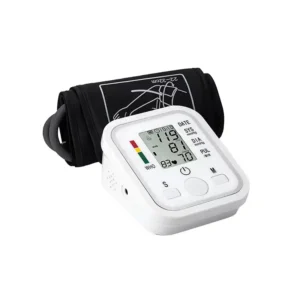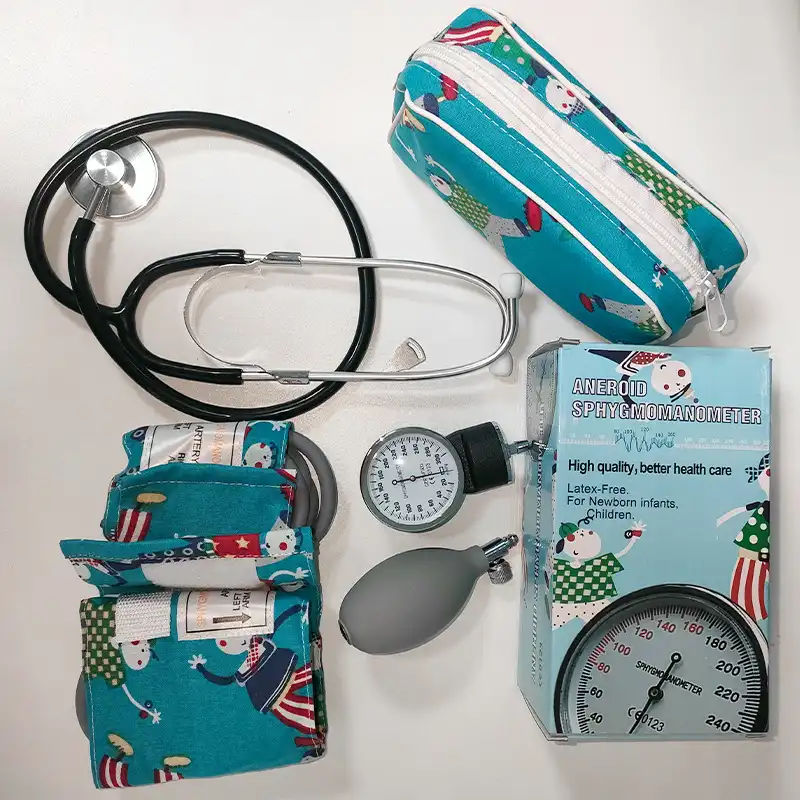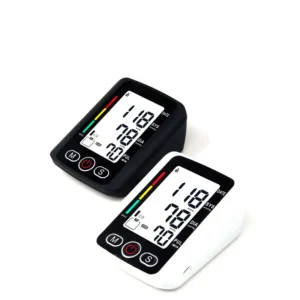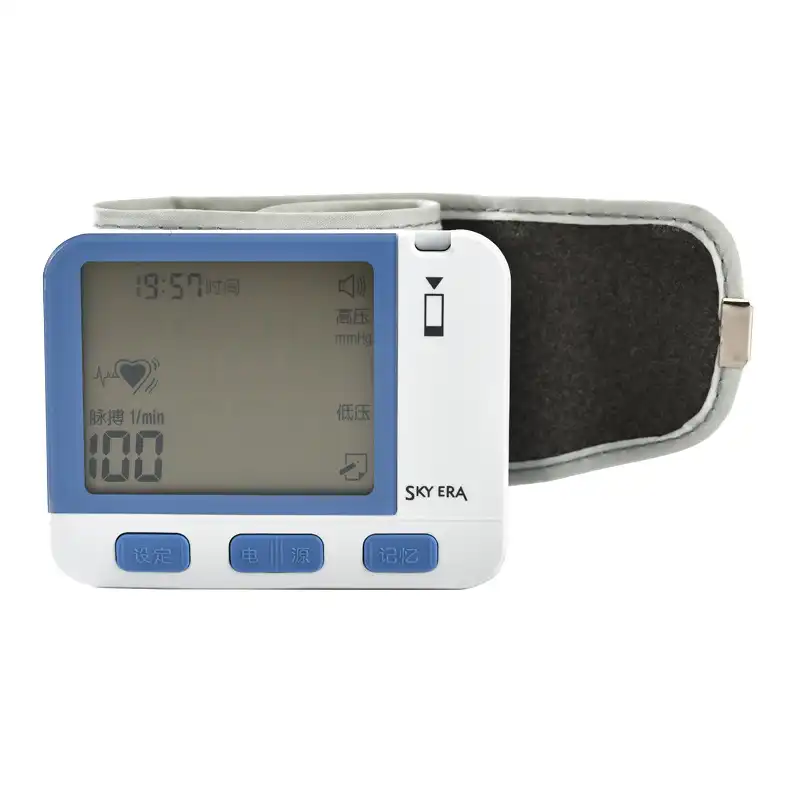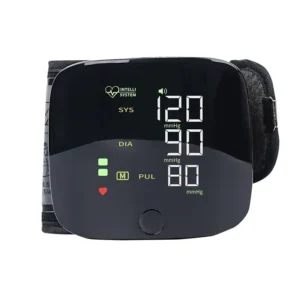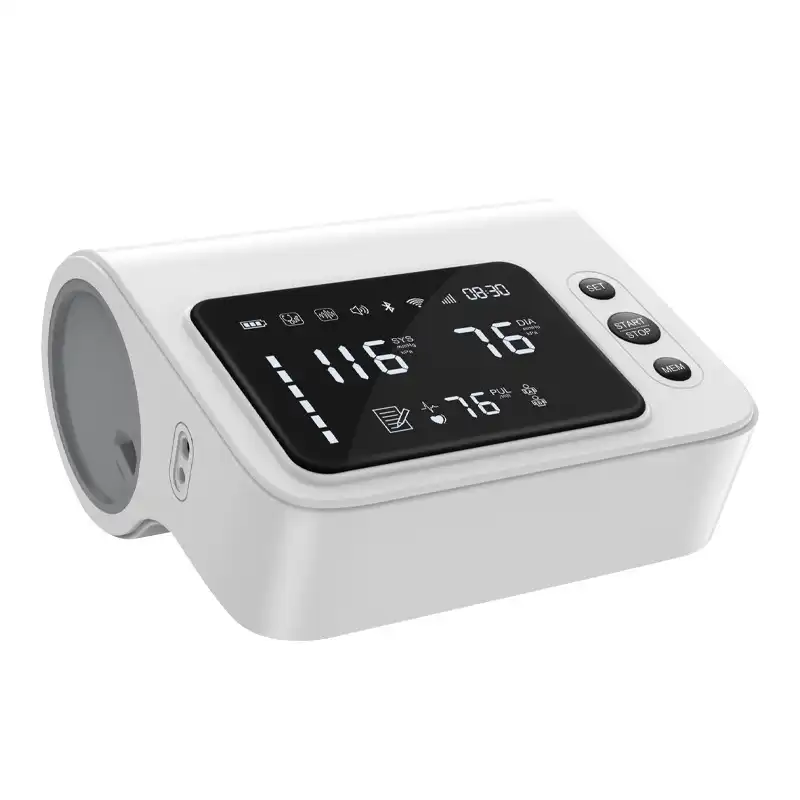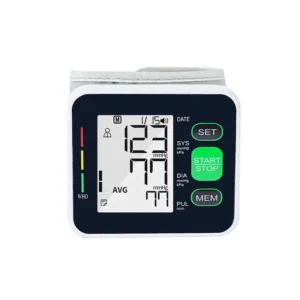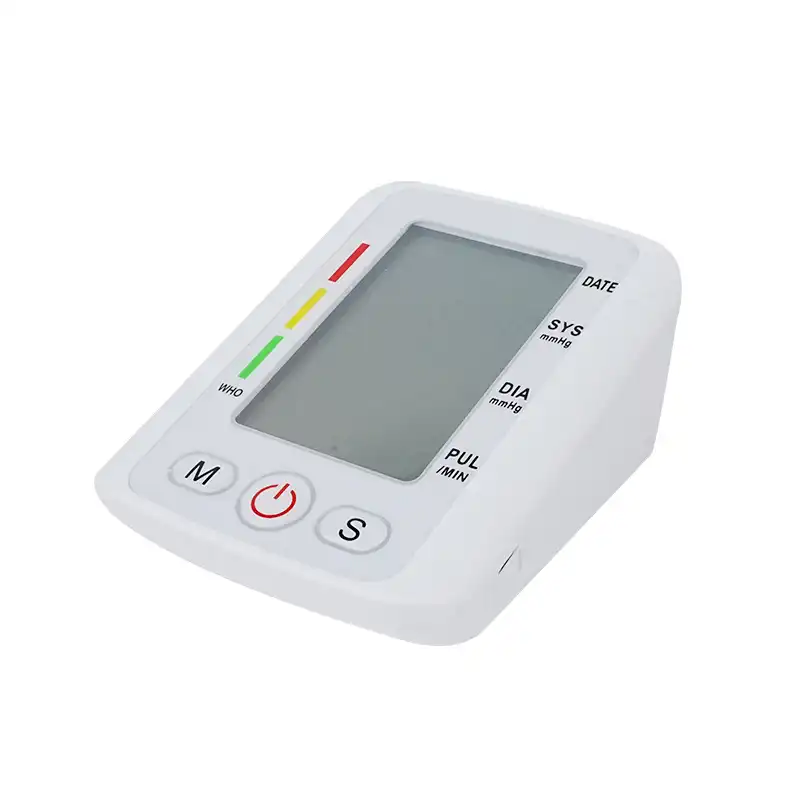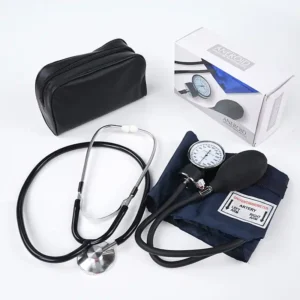In medicine, the instrument used to measure blood pressure is called a sphygmomanometer. Sphygmomanometers are divided into direct and indirect types, and their principles differ. Direct sphygmomanometers directly measure pressure changes using pressure sensors, while indirect sphygmomanometers control the pressure applied externally to the measured part and determine the blood pressure based on the results of this control in conjunction with the information on the generation and disappearance of Korotkoff sounds.
Currently, most commercially available electronic blood pressure monitors use the oscillometric method, also known as the oscillatory method.
When using an electronic blood pressure monitor, the cuff is first wrapped around the arm. The cuff is automatically inflated, and the inflation stops once a certain pressure is reached. Then, the cuff starts to deflate. When the air pressure reaches a certain level, blood flow can pass through the blood vessels, generating certain oscillation waves. These generated oscillation waves are transmitted through tissues to the pressure sensor, which real-time detects the pressure and fluctuations within the cuff.
This method is currently very popular, with approximately 80% of households owning blood pressure monitors choosing oscillometric electronic devices. However, because the measurement results of the oscillometric method fluctuate without a fixed pattern, and its judgment basis is derived from statistical analysis of large population experiments, the measurement results may have errors compared to the true values of some individuals, and the deviation may even be significant for certain people.
In fact, for now, the clinical validation of electronic blood pressure monitors is mainly based on the auscultatory method. However, this does not mean that the results obtained with a mercury sphygmomanometer are necessarily more accurate than those with an electronic one. Moreover, because mercury has a significant environmental impact, the international community is gradually banning the use of mercury sphygmomanometers.
Modern electronic blood pressure monitors have achieved fully automatic intelligent measurement. The measurement data can be automatically transmitted to health management platforms via the network, and health data reports are generated and fed back to the user. Measurement results are becoming more accurate than traditional electronic blood pressure monitors due to the adoption of more advanced technology. However, due to differences in the individuals being measured, there will inevitably be discrepancies between the results obtained using traditional sphygmomanometers and electronic blood pressure monitors.
Electronic sphygmomanometers are gradually entering thousands of households, and sometimes the results measured by electronic sphygmomanometers and mercury column sphygmomanometers will have certain differences, so many people think that electronic sphygmomanometers are not as accurate as mercury sphygmomanometers, which is not the case.
The electronic sphygmomanometer has a high sensitivity, so if the measurement method or posture is incorrect, the cuff slides up and down and rubs against the cuff, the interval between the first and second measurements is too short, and the cuff is not deflated thoroughly, the measurement results may be affected to a certain extent. Therefore, you should follow the instructions in the manual. During measurement, do not talk, do not move your arm or body, and keep the measurement site at the same level as the heart. When continuous measurement is required, the cuff should be loosened and the arm rested for at least 5 minutes before measurement.
In addition, the blood pressure of the human body is constantly changing, and varies with emotional changes as well as after exercise, alcohol, and bathing. Before the measurement, the patient should prepare in advance, keep quiet for 10-20 minutes, relax the body, do not eat, smoke, exercise and eliminate other factors that have an impact on blood pressure half an hour before the measurement. It is recommended to take two measurements and take the average value as the blood pressure value. If there is any abnormality, please go to the hospital in time.

